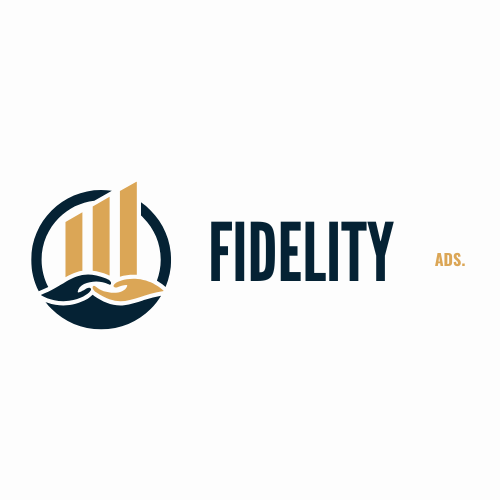Introduction
Time is a limited resource—especially in sales. The success of your marketing and sales efforts depends not only on generating leads but on qualifying the right ones. Chasing unqualified leads drains resources, deflates morale, and affects your bottom line. In this article, we explore effective ways to qualify leads without wasting time on the wrong clients.
What Is Lead Qualification?
Lead qualification is the process of evaluating potential customers to determine if they are a good fit for your product or service. This involves assessing their need, budget, authority, and timeline (commonly known as BANT).
Why Lead Qualification Matters
- Saves Time: Focus your efforts on leads that are more likely to convert.
- Improves Sales Efficiency: Sales teams can close more deals faster.
- Enhances Customer Experience: Tailor your approach to leads who are truly interested.
Proven Ways to Qualify Leads Effectively
1. Use a Lead Scoring System
Assign scores to leads based on demographics, behavior, and engagement. For example:
- Email opens = 5 points
- Website visits = 10 points
- Downloading a whitepaper = 20 points Leads that cross a certain threshold can then be passed on to the sales team.
2. Implement a Discovery Call Framework
Use discovery calls to gather insights about the lead’s challenges and goals. Ask questions like:
- What problems are you trying to solve?
- Who is involved in the decision-making process?
- What is your budget and timeline? This conversation helps assess how well the lead matches your ideal customer profile.
3. Leverage CRM Automation
Modern CRMs like HubSpot or Salesforce offer automation features to segment leads based on:
- Lead behavior
- Email engagement
- Form submissions These automations trigger workflows that help route high-quality leads to sales and filter out poor fits.
4. Use Pre-Qualification Forms
Design smart lead capture forms with conditional logic. Ask questions like:
- What is your annual revenue?
- How soon do you plan to make a decision? Based on their answers, you can filter out leads that don’t meet your criteria.
5. Create a Lead Magnet That Filters
Offer lead magnets that only attract your ideal customers. For instance, an in-depth industry guide will likely attract serious buyers over casual visitors.
Red Flags That Indicate Poor Fit
- Leads avoid answering budget-related questions
- They are not the decision-makers
- They show minimal engagement over time
Optimize Your Lead Qualification Process Continuously
Use analytics to monitor which leads convert and which don’t. Adjust your qualification criteria, lead scoring model, and outreach strategy accordingly.
Conclusion
Qualifying leads doesn’t have to be time-consuming. By using a blend of automation, strategic questioning, and data-driven techniques, you can streamline your process and focus only on those clients who are most likely to convert. This not only boosts productivity but also creates a more positive experience for both your team and your future clients.
FAQs
1. What is the best lead qualification framework?
The BANT framework (Budget, Authority, Need, Timeline) is one of the most commonly used and effective models.
2. How can I automate lead qualification?
Use tools like HubSpot, Salesforce, or Pipedrive to set up scoring systems, smart forms, and lead routing workflows.
3. How do I identify time-wasting leads early?
Look for signs such as vague answers, low engagement, or a lack of decision-making power.
4. Should small businesses invest in lead qualification tools?
Absolutely. Even simple tools like Google Forms integrated with a CRM can make a big difference.
5. Can lead qualification improve customer retention?
Yes. When you qualify the right leads, they are more likely to be satisfied customers who stick around longer.


Leave a Reply
You must be logged in to post a comment.